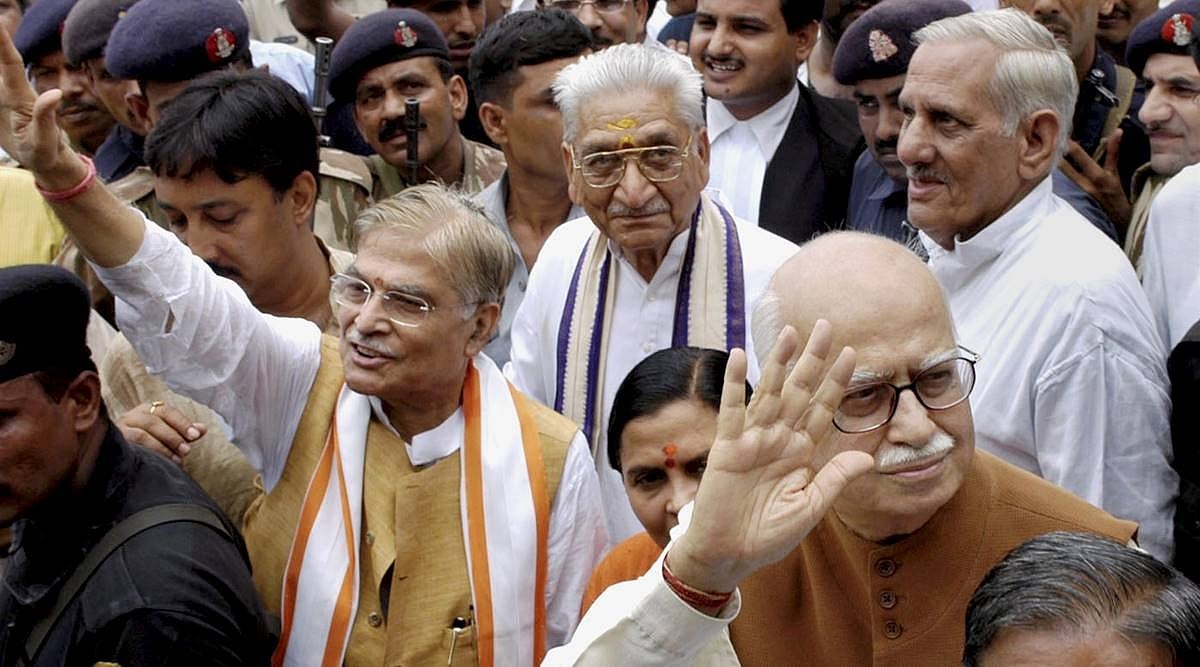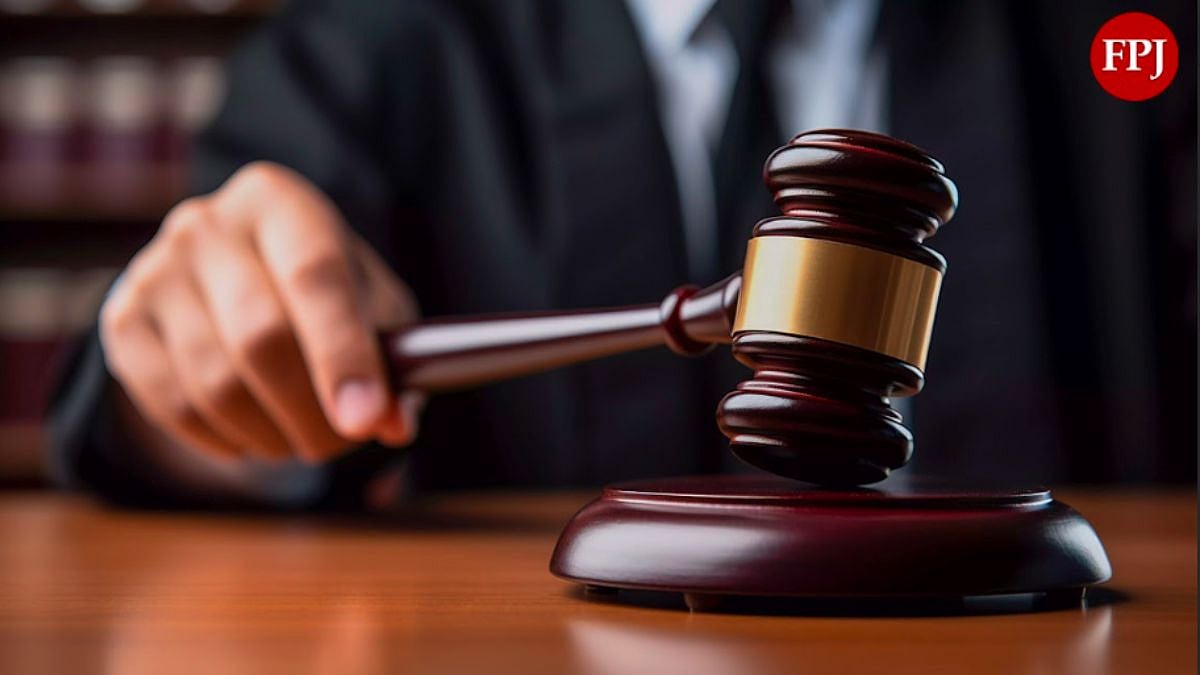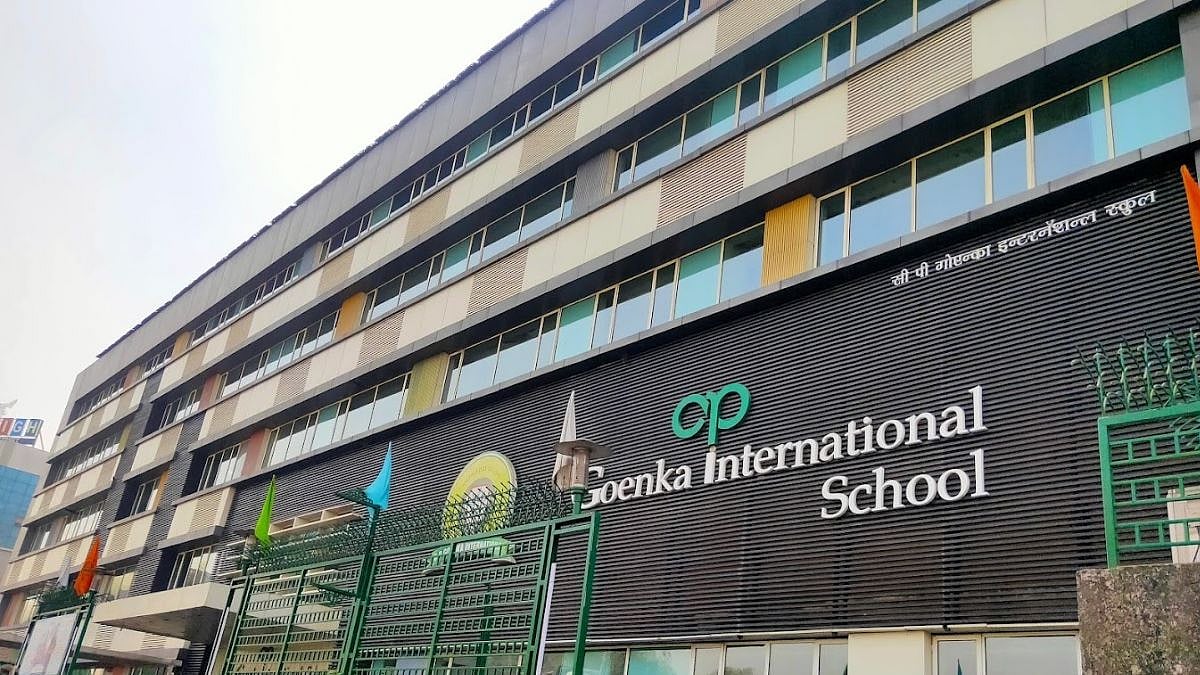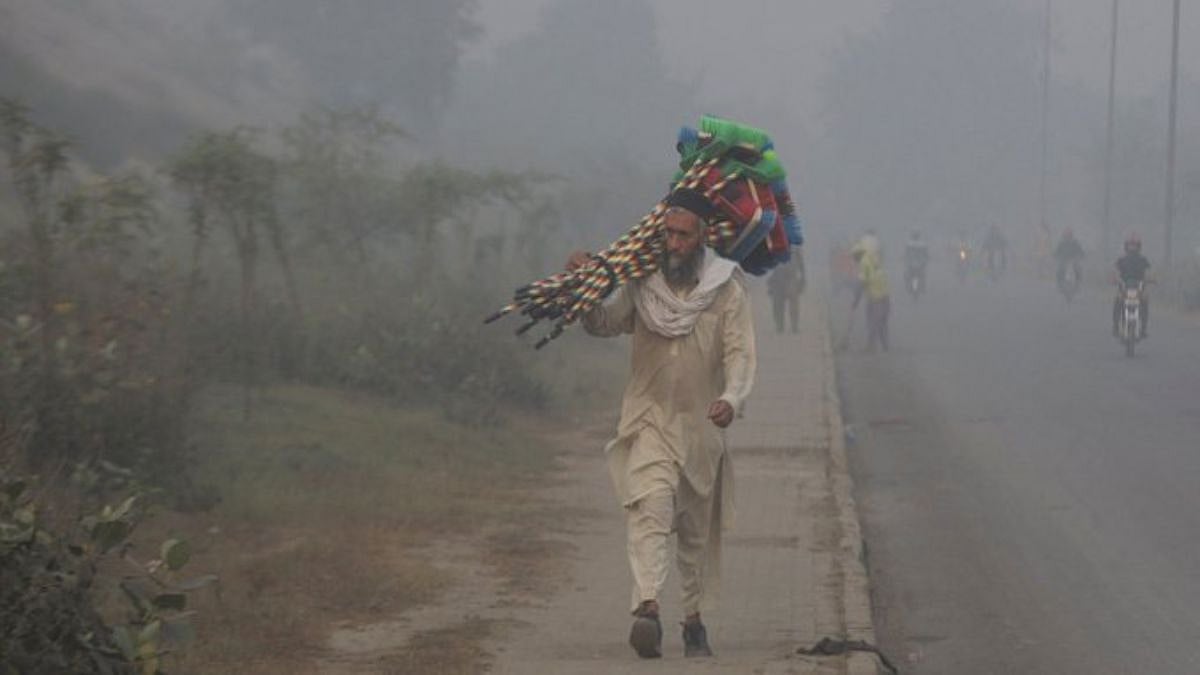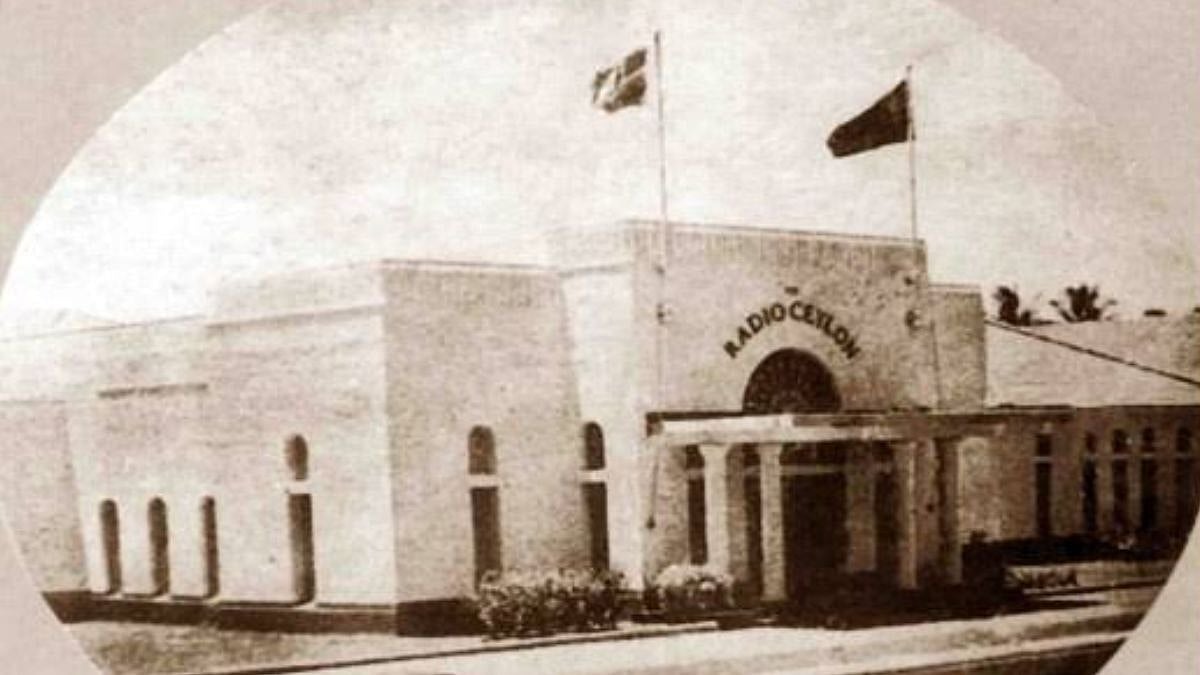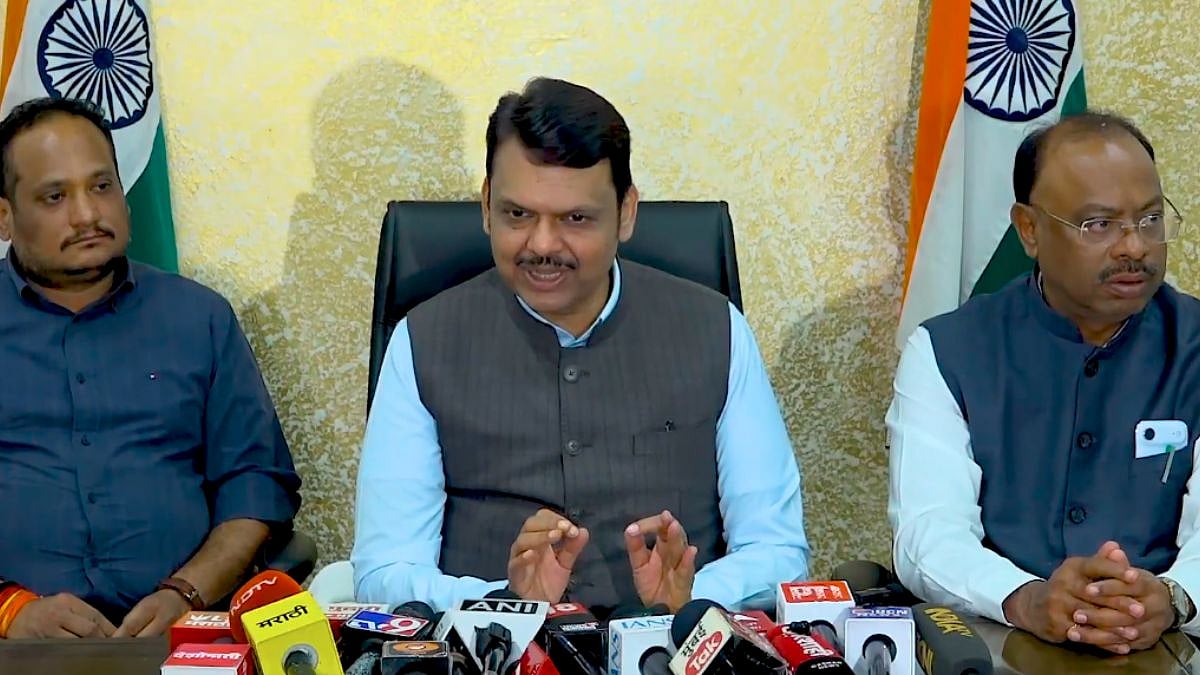Newspaper reports are not admissible as evidence in courts unless the reporter steps into the witness box and faces cross-examination, which is sound law, proving once more that the epithet 'Caged Parrot of India' applies correctly to the CBI. Video reports too are not admissible unless it is proved they have not been tampered with, which can easily be done under a specific provision of the Indian Evidence Act.
This provision of the Evidence Act requires a certificate, giving particulars of the device involved in the production of the electronic record, which has been produced by a computer that has not been tampered with. This is easy to procure. The judgment, written in erudite Hindi, went on to state the CBI could not produce originals of newspaper cuttings which it had cited as evidence. The court also did not accept photographs as evidence because the negatives were not produced. This means the CBI left loopholes in the chargesheets for the defence to exploit, emulating Mumbai Police in the 2015 acquittal of Salman Khan by the Bombay high court.
The judge is clearly right on track when he observes the video cassettes were not sealed and when played before the court, were found to be unclear. However, when an irate mob of kar sevaks is assaulting those recording the demolition for posterity, it is testing credulity to expect clear video footage, thereby stretching the boundaries of acceptability. Allowances have to be made when mayhem and violence was unleashed on journalists and others who tried to record the demolition for posterity.
There appear to be few technical infirmities in the judgment acquitting the 32 accused of all charges and observing that they in fact, had tried to prevent the demolition. The evidence on which this observation is based is unclear. Proving beyond reasonable doubt is one thing but asserting that those accused of a criminal conspiracy tried to prevent the demolition implies there was incontrovertible evidence to say so. Whether the government will challenge this judgment to silence its critics is a debatable point.
On April 19, 2017, the Supreme Court had restored the conspiracy charges against the high-profile accused persons by allowing an appeal filed by the CBI against the discharge of the Allahabad high court. This restoration of the conspiracy charges by the apex court against former deputy Prime Minister L K Advani, former Union ministers Murli Manohar Joshi and Uma Bharti and former Uttar Pradesh Chief Minister Kalyan Singh implies there was pre-meditation.
This runs counter to the observation of the CBI Special Judge Surendra Kumar Yadav that the demolition was spontaneous and the accused persons in fact, tried to prevent the demolition. But we must keep in mind the Supreme Court is not a trial court and the variance which has arisen is within the gamut of law because the judge of the CBI special court records evidence and comes to his own conclusion. The Supreme Court does not record evidence.
On July 19, 2019, a Supreme Court bench led by Justice R F Nariman directed the CBI special court to complete recording of evidence within six months and deliver the judgment within nine months, for which the judge was given an extension of one year by the UP government. Hence, Judge Surendra Kumar Yadav has given an apt gift to the nation on his 61st birthday.
Within 10 days of the demolition on December 6, 1992, the then P V Narasimha Rao government set up a commission of inquiry headed by Justice Manmohan Singh Liberhan, who was then a sitting judge of the Andhra Pradesh High Court. The commission stated: "It would be unsatisfactory to attribute these attacks (on the masjid) to the average kar sevaks. These were pre-planned attacks and had been demonstrably assigned to a ''specialised'' team of RSS cadre and coordinated and guided by the effective leadership at the spot."
The Liberhan Commission recorded, the kar sevaks attacked journalists exactly at the same time the pre-existing mosque was attacked. "The intent and effect of these attacks thus become crystal clear," said the inquiry report, which again implied the attacks were pre-planned. In fact, some of the attacks on these journalists were meticulously recorded in the judgment acquitting the accused.
The Liberhan report observed: "Without the BJP's Chief Minister Kalyan Singh and his cabinet colleagues or the icons of the movement or of the BJP, the Ayodhya campaign could not have succeeded at all.....Kalyan Singh lived up to the expectations of the Parivar." The commission had submitted the report in June 2009, during the tenure of the Manmohan Singh government.
The inquiry commission pinned the systematic planning of the demolition of the mosque on Kalyan Singh: "The chief minister and his cabinet were the proverbial insiders who caused the collapse of the entire system.......the police and administrators were the executors of the designs of the RSS, VHP, BJP, Bajrang Dal and the Shiv Sena."
So, the observation of the Liberhan Commission and the CBI special court contradict each other. This is significant because just as newspaper reports are inadmissible as evidence, the Liberhan Commission report comprises primary evidence which could have been relied on in the judgment of the CBI special court.
The retired high court judge told the media his findings were “correct, right, honest and free from fear or any other bias. For posterity, this report will be a correct account of what actually took place, “ the judge affirmed.
Reacting to the acquittal, Judge Liberhan said: “I found it was a civil (sic) conspiracy, I still believe in it. From all the evidence adduced before me, it was clear the Babri Masjid demolition was meticulously planned… I remember Uma Bharti categorically took responsibility for it. It was not an unseen force that demolished the mosque, human beings did it,” the judge told a leading newspaper.
When religion is linked to crime, acquittals appear just.
Olav Albuquerque holds a PhD in media law and is a journalist-cum-lawyer of the Bombay high court.
